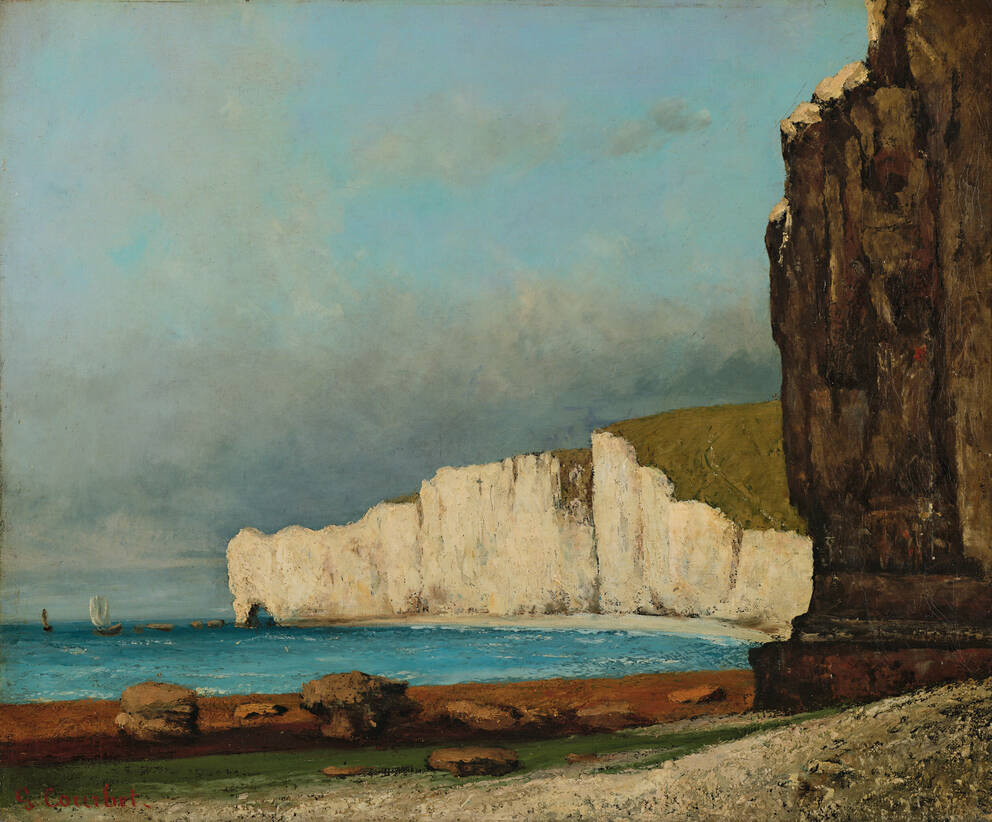
Leopold Museum,
Vienna
Vienna


Coastal Landscape
1866
(Ornans 1819–1877 La Tour de Peilz)
If you have further information on this object, please contact us.
Ernst Günther Russ, Hamburg (o.D.);
Galerie Hauswedell und Nolte, Hamburg (o.D.);
Privatbesitz, Deutschland (o.D.); (1)
Dr. Rudolf Leopold, Wien (o.D.);
Leopold Museum-Privatstiftung, Wien (seit 1994)
For provenance related information, please contact us.
2023/2024 Partial funding for digitization by the Federal Ministry for Arts, Culture, the Civil Service and Sport „Kulturerbe digital“ as part of NextGenerationEU.

